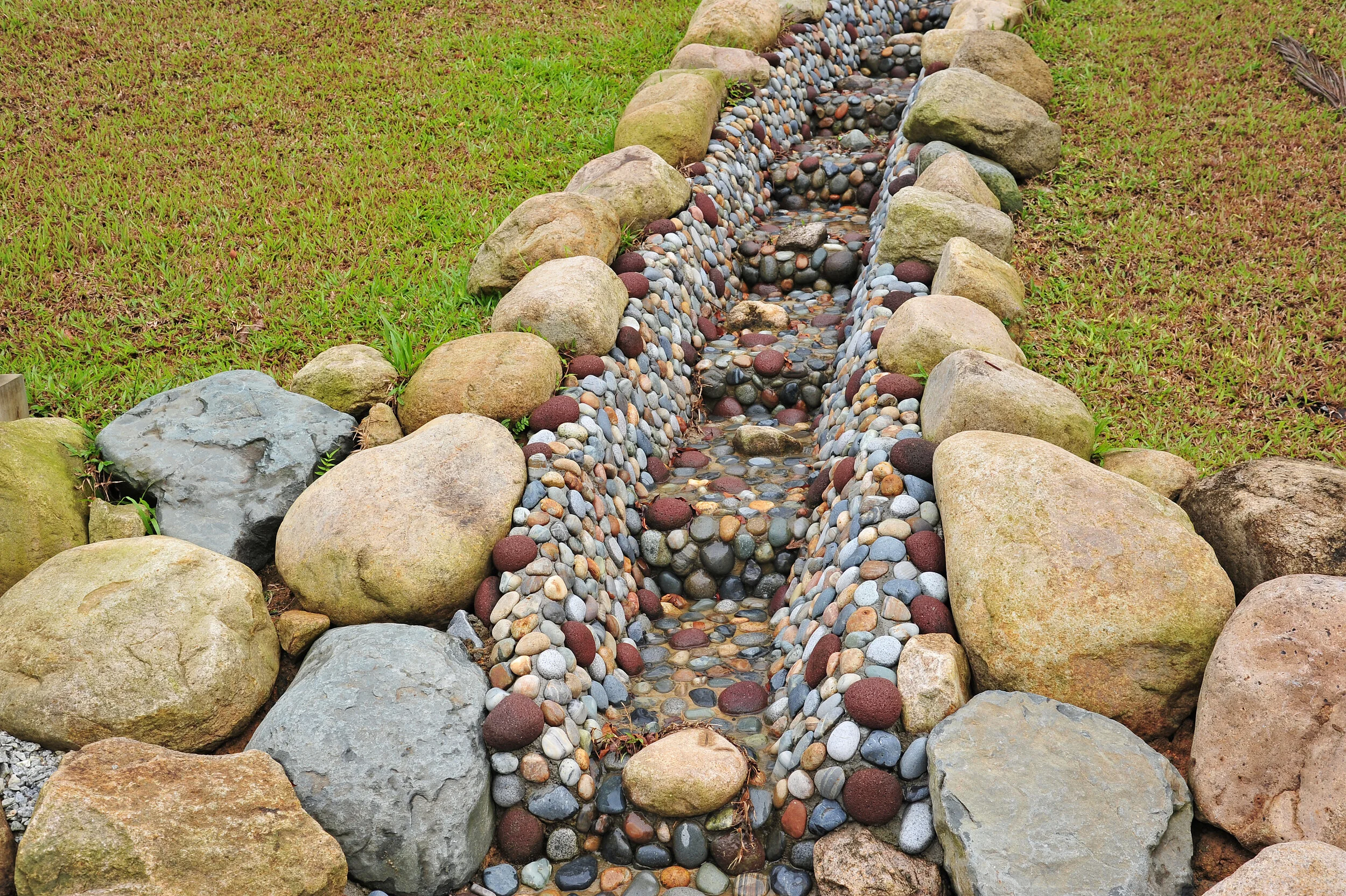
What is a French Drain?
A French drain is a trench filled with gravel or rock and a perforated pipe that redirects water away from an area. It is designed to alleviate water accumulation and prevent water damage by channeling excess water away from your property. French drains are commonly used in landscaping projects to manage water runoff, especially in areas prone to flooding or poor drainage.
The Benefits of Landscaping with French Drains
- Effective Water Management: French drains are highly effective in managing water accumulation and preventing water damage in your yard. By redirecting excess water away from your property, they help maintain the integrity of your landscape and protect your plants and structures.
- Prevents Soil Erosion: Excess water can cause soil erosion, which can lead to the loss of fertile topsoil and damage to plant roots. French drains help prevent soil erosion by channeling water away from vulnerable areas, preserving the stability of your landscape.
- Enhances Landscape Design: French drains can be seamlessly incorporated into your landscape design. With proper planning and installation, they can be hidden beneath decorative elements such as walkways, flower beds, or hardscape features, ensuring that they do not disrupt the overall aesthetic appeal of your outdoor space.
Tips for Landscaping with French Drains
1. Plan the Drainage System
Before installing a French drain, it is crucial to carefully plan the drainage system. Consider the natural flow of water on your property and identify the areas that require proper drainage. Determine the most suitable location for the drain outlet, ensuring that the water is directed away from your house and any other structures.
2. Choose the Right Materials
Selecting the right materials is essential for the successful implementation of a French drains system. Use perforated pipes that allow water to enter easily and choose high-quality gravel or rock for filling the trench. Additionally, consider using geotextile fabric to prevent the clogging of the drain with soil or debris.
3. Install Properly
Proper installation is key to the effectiveness of a French drain. Start by excavating a trench with the desired depth and slope. Place the perforated pipe in the trench and cover it with gravel or rock, ensuring that the pipe is surrounded on all sides. Finally, cover the drain with a layer of geotextile fabric and backfill the trench with soil.
4. Maintain Regularly
To ensure the optimal performance of your French drain, regular maintenance is necessary. Clean the drain periodically to remove any accumulated debris, which can obstruct the flow of water. Additionally, inspect the drain for any signs of damage or clogging and make any necessary repairs or replacements.
Conclusion
Landscaping with French drains is an effective way to manage water accumulation and prevent water damage in your yard. By incorporating this drainage system into your landscape design, you can create a beautiful and functional outdoor space that remains protected from excess water. Remember to plan carefully, choose the right materials, install properly, and maintain regularly to make the most of your French drain system. Happy landscaping!